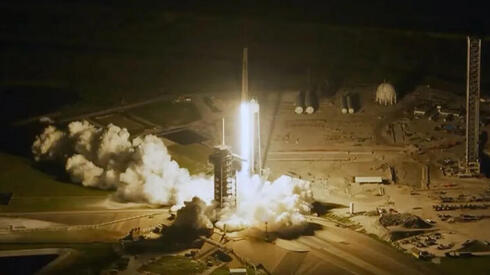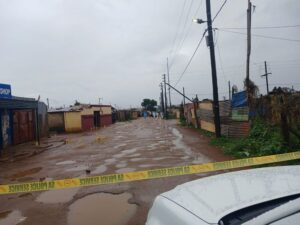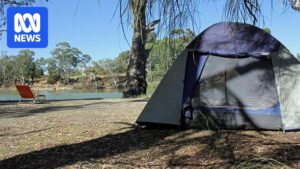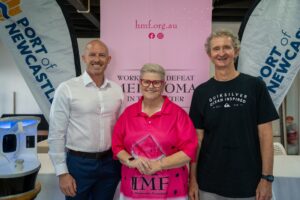
Axiom Space’s fourth private mission, Ax-4, launched on June 25 after experiencing a series of delays. By June 26, the Dragon spacecraft, newly christened as “Grace,” successfully docked with the International Space Station (ISS). This mission is notable for its diverse crew, which includes representatives from India, Poland, and Hungary, joining the seven astronauts already aboard the ISS.
The mission marks a significant milestone for India, as it doubles the number of official Indian representatives to have flown in space. Previously, only Rakesh Sharma had represented India in space, spending a week aboard the Soviet Salyut 7 space station in 1984. Now, Indian pilot Shubanshu Shukla, aged 39, becomes the first Indian citizen to reach the ISS, adding to this legacy.
International Representation in Space
Commanding the Ax-4 mission is Peggy Whitson, a veteran astronaut with a U.S. record of 675 cumulative days in space. Whitson, a former senior NASA astronaut, joined Axiom Space after her retirement from NASA. Axiom has been tasked with developing a private space station to eventually replace the ISS, which is expected to retire by the decade’s end. This mission marks Whitson’s fifth visit to the space station and her second with Axiom.
Alongside Whitson, the crew includes Sławosz Uznański-Wiśniewski from Poland and Tibor Kapu from Hungary. Uznański-Wiśniewski becomes Poland’s second astronaut, while Kapu is Hungary’s second official astronaut. Hungary’s first unofficial representative was space tourist Charles Simonyi, who visited the ISS twice on privately funded missions.
Scientific Endeavors and Collaborations
Hungary is collaborating with Israel on research focused on detecting lightning sprites and other atmospheric phenomena. These experiments, led by Prof. Yoav Yair of Reichman University, involve capturing these brief but spectacular bursts of light above thunderstorms. The data, provided by Yair, allows astronauts to aim their cameras with precision, aligning with the space station’s orbital path.
The experiment traces its roots back to the Columbia mission in 2003, where Israel’s first astronaut, Ilan Ramon, successfully photographed sprites from space. Despite the tragic end of that mission, the experiment has continued aboard the ISS, most recently performed by Eytan Stibbe, Israel’s private astronaut on the Ax-1 mission in 2022.
“We’ve already recorded dozens of brief electrical discharges, but we’ve yet to capture Gigantic Jets — massive, high-temperature lightning events,” Yair noted.
This experiment is one of approximately 60 scientific and medical experiments planned for the Ax-4 crew during their two-week stay aboard the ISS.
Broader Implications and Future Missions
The Rakia Mission, a public benefit corporation, has supported Hungarian space missions over the past two years. According to Hadar Vernik Shalev, CEO of the Rakia Mission, they have provided guidance on astronaut selection and mission control setup. This collaboration with Hungary is seen as a step towards more international partnerships.
In India, Shubanshu Shukla’s mission has generated widespread public interest, aligning with the country’s ambitions to develop its own crewed spaceflight program. The Rakia Mission has partnered with CMS School in Lucknow, Shukla’s alma mater, to develop educational content and establish a mission control room.
Challenges and Setbacks in Space Exploration
Meanwhile, The Exploration Company, a European firm, faced setbacks with its uncrewed spacecraft, Mission Possible. Launched aboard a SpaceX Falcon 9 rocket, the mission was described as a “partial success” after losing contact during re-entry. The company suspects a parachute malfunction and is investigating the incident.
This mission was a prototype of Nyx, a vehicle intended for orbital cargo transport. Despite the setback, the company remains committed to future missions, having announced plans for a crewed version of the spacecraft at the Paris Air Show.
Advancements in Solar Exploration
NASA’s Parker Solar Probe recently completed another close flyby of the Sun, maintaining its record for the closest approach and fastest speed achieved by a human-made object. The spacecraft’s data is critical for understanding solar phenomena that impact satellite operations and astronaut health.
“Parker Solar Probe remains in excellent health, with both the spacecraft and its instruments ready to continue their groundbreaking mission,” said Arik Posner, Parker Solar Probe program lead scientist.
The mission provides a unique opportunity to study solar activity as the Sun enters the declining phase of its 11-year cycle, offering insights into the heliosphere’s evolution.
Revolutionary Observations from the Vera Rubin Observatory
The Vera Rubin Observatory in Chile has released its first public images, showcasing its exceptional imaging capabilities. With a state-of-the-art camera, the observatory can capture images of unprecedented detail, aiding in the study of dark matter, dark energy, and planetary defense.
This observatory will work in collaboration with Israel’s ULTRASAT space telescope project, offering complementary data and expanding the scope of astronomical research.
As these missions and collaborations unfold, they highlight the growing international cooperation in space exploration, paving the way for future advancements and discoveries.






